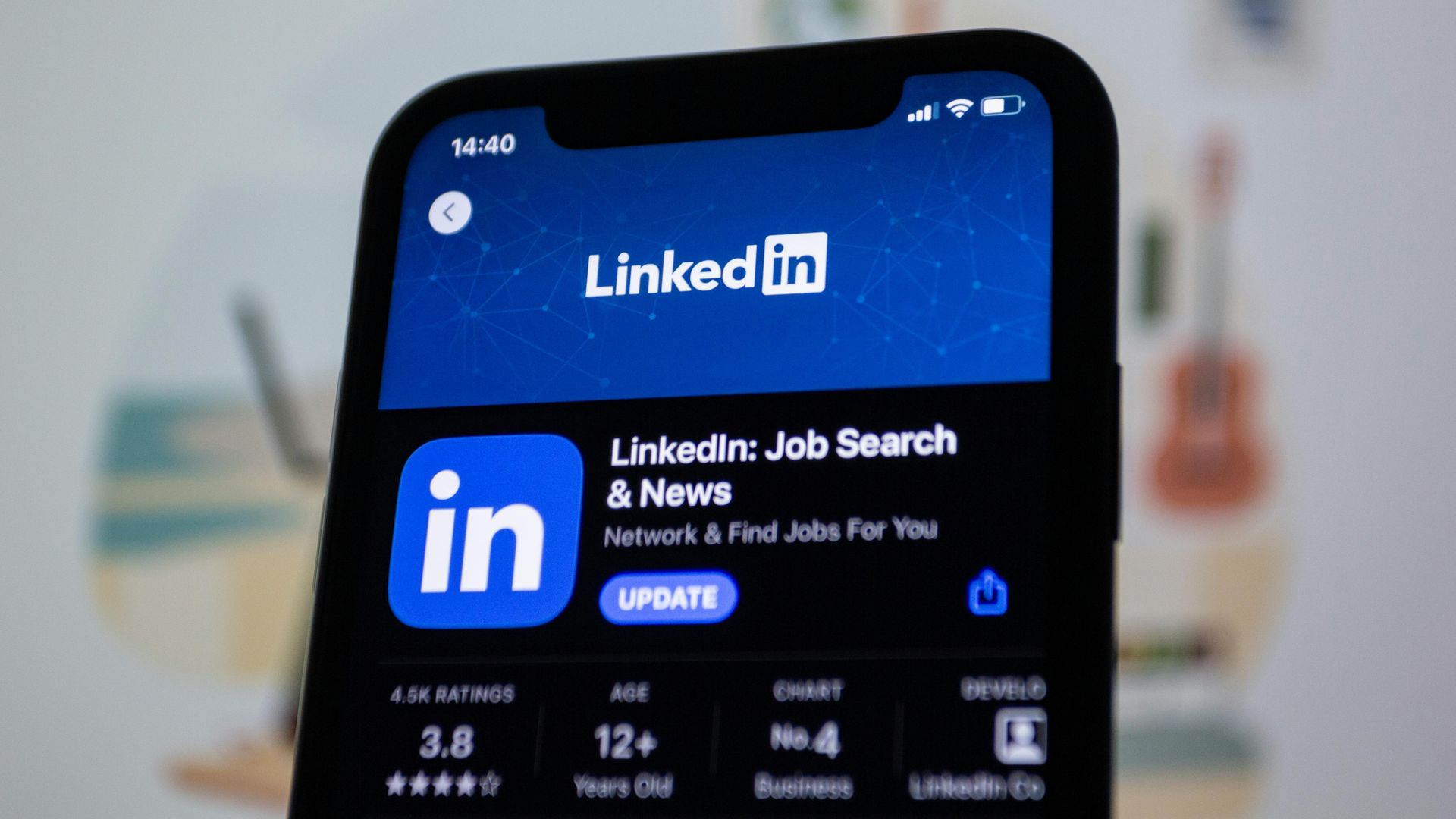Make your Staffing and Recruitment Website ADA compliant
Rick Maré • October 11, 2022
According to the talent experience management company Phenom, 89 companies in the Fortune 500 fail to meet at least one of 6 Web Content Accessibility Guidelines (WCAG) 2.0. As we covered previously about recruitment website accessibility , websites are considered accessible when meeting these standards, which have been adopted in many courts as the Americans with Disabilities Act standards for accessibility.
Examining the WCAG criteria, Phenom found that:
- 65 companies didn't meet color contrast standards (WCAG 1.4.3).
- 55 failed to satisfy table standards (WCAG 1.3.1).
- 39 didn't fulfil alternative text standards (WCAG 1.1.1).
- 33 didn't meet resize text standards (WCAG 1.4.4).
- 27 failed to meet focus indicator standards (WCAG 2.4.7).
- Four didn't satisfy keyboard navigation standards (WCAG 2.1.1).
Research indicates that there is a higher rate of unemployment amongst those with disabilities. Employers all around the globe are missing out on effective talent, talent that can be effectively leveraged via compliance with accessibility standards. Meeting these standards will make you stand out as an attractive choice for those that have trouble navigating career sites and applying for jobs on them.
Color contrast is essential for ensuring effective readability for all users, especially those with visual impairments.
Screen readers are essential for many users' navigation experience, and images lacking alternative text are completely inaccessible for those who rely upon them. This includes pictures of text, as well as image content.
Focus indicator standards help those who rely on a keyboard rather than a mouse to navigate a webpage. Included in this group may be people whose fine motor skills are impaired, e.g. from nerve damage causing tremor or preventing movement entirely. Furthermore they give a visual indicator that should be designed in such a way as to maximise visibility.
People with limited or no vision may rely on a keyboard as well. To maximise accessibility, websites should be capable of being navigated completely by either mouse or keyboard alone.
Businesses aren’t maintaining such inaccessible websites out of malice, but rather due to a lack of understanding about what accessibility entails and how they may maximise it.
It is perhaps easier to design a website from scratch rather than undertake an overhaul aimed at improving accessibility. New additions to a site should always be viewed through the lense of accessibility. For instance when adding new images, ensure that alt text is available for each of them.
Supreme Court Declines to Hear Customer's Website Case
The extent to which the ADA requires careers sites to be accessible has not been litigated much.
In 2019, Domino's Pizza urged the U.S. Supreme Court to overturn their decision that they may be liable to customers under the ADA - due to their website being inaccessible to a blind customer.
The appeals court noted that requiring Domino's to meet WCAG 2.0 standards might be a remedy if the company failed to comply with the ADA's language requiring that ‘no person with a disability be denied services due to the absence of auxiliary aids.’ Furthermore, the department repeatedly affirmed that the law applies to sites of private businesses open to the public, known as public accommodations.
Domino's made a statement saying that it had developed an accessible app and website already. "Although Domino's is disappointed that the Supreme Court will not review this case, we look forward to presenting our case at the trial court," it stated. "We also remain steadfast in our belief in the need for federal standards for everyone to follow in making their websites and mobile apps accessible."
In 2021, the court later noted that no expert found that the website was fully accessible, including a Domino’s expert who could not place a future order via screen reader. Based on this, the court concluded Dominoes' website had violated the ADA. The court thus ordered Domino’s to “bring its website into compliance with the WCAG 2.0 guidelines.”
Keep in mind not only these legal requirements, but that ADA compliance is overall higher amongst the top members of the Fortune 500. Websites that maximise their compliance are not only benefiting themselves via improving customer experiences, but via projecting a more socially conscious image; one that you should be keen to make use of.









